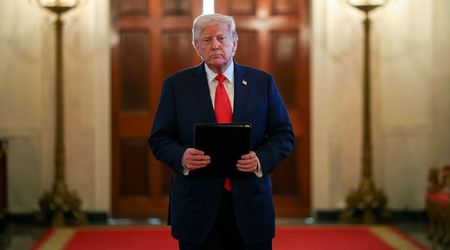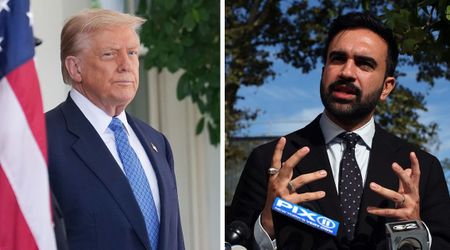Public Service Loan Forgiveness Has Become a Grueling Saga of Bureaucratic Hurdles for Borrowers

The burden of student loans in the United States has long been a contentious issue, with millions of borrowers grappling with the weight of debt for years after completing their education. For those like Abigail Linn, a kindergarten teacher, and her husband Jason Evey, the journey toward debt relief through the Public Service Loan Forgiveness (PSLF) program has become a grueling saga of bureaucratic hurdles and unanswered questions.

Linn, who has been diligently making payments on her student loans throughout her years of service in the education sector, believed she was on track to have her remaining debt forgiven under the PSLF program. However, a discrepancy in her payment count has left her and her husband frustrated and confused. Despite Evey's repeated attempts to rectify the issue by contacting MOHELA, their loan servicer, the problem remains unresolved. The couple, like many others, finds themselves caught in a web of delays and misinformation, unsure of when or if the relief they've been promised will materialize.
The challenges faced by Linn and Evey are not isolated incidents. According to a report by the Student Borrower Protection Center (SBPC) and the American Federation of Teachers (AFT), MOHELA's handling of PSLF applications has resulted in a backlog of over 800,000 forms awaiting processing. This surge in applications coincided with the Biden administration's pledge to reform the program, further highlighting the urgent need for streamlined processes and improved communication channels between borrowers and loan servicers.

MOHELA's approach to PSLF, as outlined in the report, has raised concerns among advocates and borrowers alike. The organization's apparent reluctance to approve applications, coupled with a contractual incentive to deny them, paints a troubling picture of a system that prioritizes profit over the well-being of borrowers. Despite the administration's efforts to streamline the forgiveness process, borrowers like Linn continue to face unnecessary obstacles in their pursuit of debt relief.
Carolina Rodriguez, director of the Education Debt Consumer Assistance Project, has witnessed firsthand the toll these obstacles take on borrowers. Many find themselves in limbo for months, unsure of whether their applications will be approved or denied. The lack of trust in the system only compounds the stress and uncertainty faced by those seeking relief.
While MOHELA insists that it is committed to assisting borrowers, its actions speak louder than words. Reports of lengthy call wait times, incorrect billing, and misinformation from customer service representatives paint a bleak picture of an organization failing to fulfill its obligations. For borrowers like Evey, the frustration is palpable, with each call to MOHELA yielding little to no progress toward resolution.

The issue extends beyond PSLF, with millions of borrowers experiencing servicing issues since the resumption of student loan payments. MOHELA's emphasis on self-service options, while ostensibly aimed at alleviating call center congestion, has only served to exacerbate the problem. Borrowers, already overwhelmed by the complexities of the student loan system, find themselves navigating convoluted websites in search of answers that should be readily available through direct communication with servicers.
Despite assurances from the Department of Education and servicer trade groups, the reality for borrowers remains bleak. Scott Buchanan of the Student Loan Servicing Alliance defends the push toward self-service options as a means of improving customer service, but for borrowers like Linn and Evey, the disconnect between rhetoric and reality is glaring. As they continue to navigate a system rife with obstacles and delays, the promise of debt relief grows increasingly distant.























